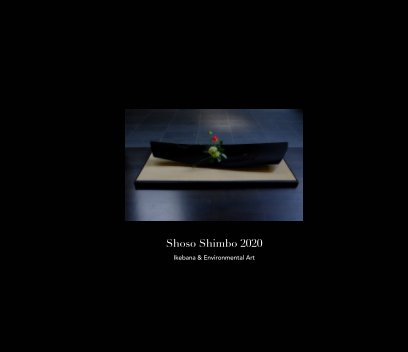Actually the belief of DO is everywhere in Japan, not just in art training such as Ikebana, but also in cooking, sports, management, academic work, manufacturing, cleaning etc. This is a very familiar notion for the Japanese.
In the previous issues, I tried to position Ikebana in the context of the Western art and questioned whether it is art or design. But I could not do it so easily. If I state that Ikebana is a spiritual training just like meditation or zen training, however, there would be little ambiguity. This may be a great way to introduce Ikebana to people outside Japan. Indeed, that’s exactly how Daisetsu Suzuki, a well known zen master, introduced Japanese culture to the West after the war.
During his visit to Melbourne last November, it appeared to me that Dr Inoue, associate professor at Kyoto University of Art and Design and the vice president of International Society of Ikebana Studies, also sees Ikebana in a similar way. I look forward to his future work, the philosophy of Ikebana after his publication of The Thought of Ikebana this year. His work would follow a great succession of well-known members of the Kyoto School of Philosophy including Shinichi Hisamatsu who wrote the book “The Philosophy of Tea”
I do agree that Ikebana is a form of DO. However, I don’t think that Ikebana can be explained completely in zen philosophy. Although I don’t intend to undermine the great works done by Daisetsu Suzuki and the Kyoto School of Philosophy, I will discuss my own views of Ikebana from the next issues.
This is a New Year’s arrangement I made for Koko restaurant in the Crown Hotel last year. I make new work every year. If you have a chance, please visit the restaurant to see it.
http://www.shoso.com.au
https://www.facebook.com/ikebanaaustralia


























